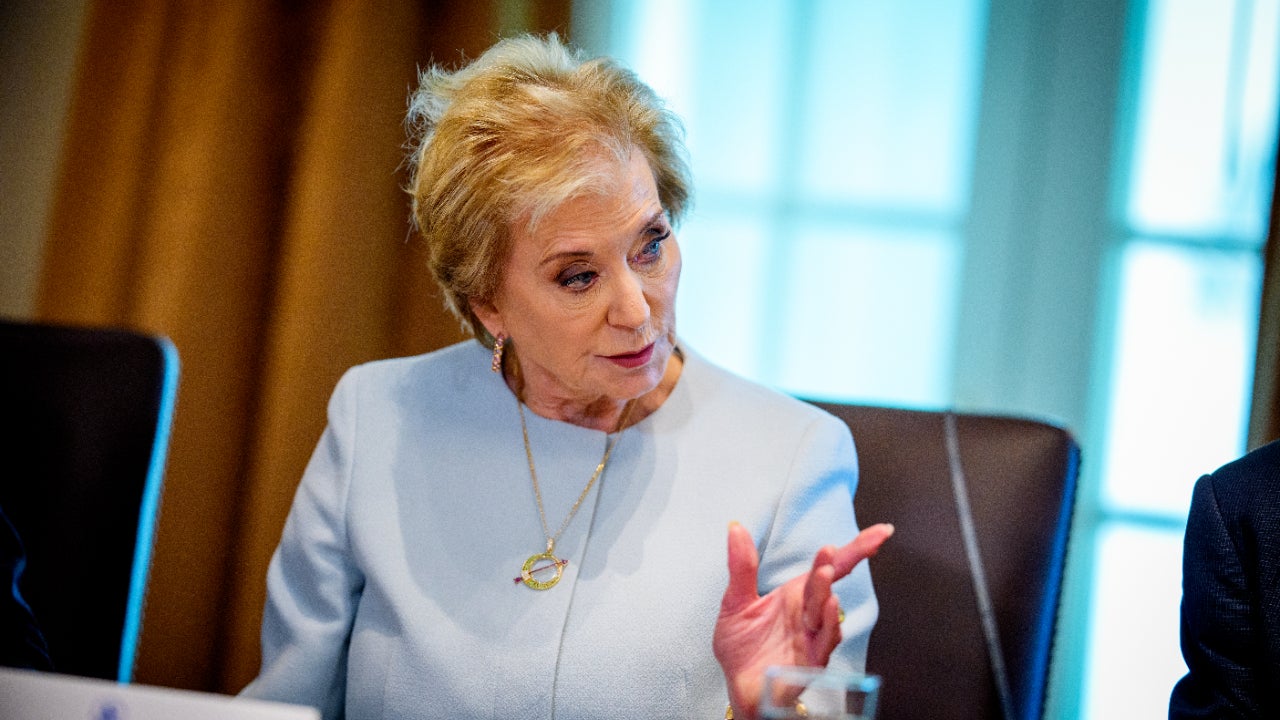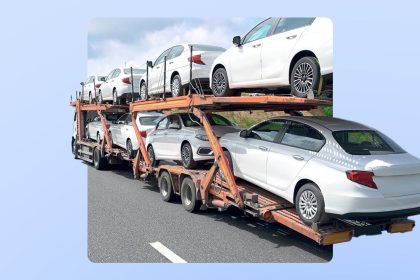Andrew Harnik / Staff / Getty Images
Key takeaways
- The first of three monthly reports from the U.S. Department of Education suggests that processing for both income-driven repayment plans and the Public Service Loan Forgiveness buyback program is off to a slow start.
- Borrowers who applied for either program should expect delays and continue making their regular payments to their current loan servicers.
- Nearly 200,000 of the 5.3 million federal student loan borrowers in default received a collections notice this month.
The Department of Education (ED) resumed processing applications for income-driven repayment plans in early May, a sign of progress for borrowers looking to leave their current repayment plans. Almost one week later, on May 15, the ED released its first report on the status of those applications. This report was part of an agreement reached in a lawsuit filed by the American Federation of Teachers (AFT) and is meant to hold the ED accountable for application processing.
The department has had a busy May. It also sent the first cohort of federal student loan borrowers in default a collections notice as wage garnishment, tax withholding and Social Security seizure resume after a five-year pause.
Did you know?
The interest rates for new federal student loans disbursed during the 2025-26 award year will be slightly lower. New borrowers will enjoy a 0.63 percent decrease in the overall cost of borrowing new federal student loans, assuming a 10-year term, according to an analysis by student loan expert Mark Kantrowitz.
Department of Education makes slow process on IDR applications
In response to a February Court of Appeals decision, the ED removed IDR applications from its website before restoring them without the SAVE Plan option. While borrowers could once again apply for an IDR plan, the department said it and federal loan servicers would not fully resume processing those applications until May.
The ED had until May 15 to give an update on IDR and buyback program applications.
It posted its first of three promised monthly status reports late Thursday, May 15, covering April 1 to April 30. Notably, only about 80,000 IDR applications were approved during April, while almost 2 million IDR applications are still pending. Borrowers should expect delays as the department’s reduced staff tackles the backlog of applications, though the pace should accelerate in May as full processing resumes.
Any progress is good news to borrowers who needed to be on an IDR plan to afford their monthly payment or qualify for PSLF.
By the numbers
IDR application status:
Approved or denied: 79,349
Still pending as of April 30, 2025: 1,985,726
PSLF Buyback application status:
Approved or denied: 1,472
Still pending: 49,318
What this means for borrowers
The May 15 update is a warning that processing is going to take time. If you’ve already applied, you are one of almost 2 million borrowers in line. Expect delays and watch for communication.
If you’re enrolled in the soon-to-end SAVE plan and haven’t applied for a new IDR, consider applying now to get in line. Applying may make sense if you are in one of these situations:
- You are enrolled in SAVE, and need to switch plans.
- You are not in the most affordable IDR plan available.
- You’re having trouble making payments in the standard or graduated repayment plan.
- You need to be in an IDR to qualify for PSLF.
- You want loan forgiveness at the end of your IDR repayment period and are not enrolled in the IBR plan (Forgiveness processing for all other IDR plans is currently paused).
- The type of student loan you have qualifies for this program.
Those already enrolled in IDR who need to recertify their income should have had their recertification deadlines extended when the ED paused IDR processing. Reach out to your service to learn your new recertification deadline.

Current student loans news
Use the student loans news hub to stay updated with the latest news that could impact your balance and your wallet.
Learn more
ED clarifies Public Service Loan Forgiveness Buyback eligibility
The second part of the report promised clarity on what types of forbearance are eligible for the Public Service Loan Forgiveness Buyback program. The buyback program is for borrowers enrolled in PSLF who have 120 months of qualifying employment, but whose forgiveness may be stalled because of a forbearance. The program allows them to “buy back” certain months of forbearance and turn them into qualifying payments.
Borrowers sought clarification because the information on StudentAid.gov seemed to contradict the messaging in ED Deputy Under Secretary James Bergeron’s April 15 declaration on what types of forbearance qualifies for the buyback program. While the StudentAid.gov’s more generic copy implies all types of forbearance qualify, Bergeron writes that borrowers may use the program “to count periods of administrative and processing forbearance towards forgiveness.”
The report clarifies that the Teacher Loan Forgiveness forbearance program is the only forbearance type that does not qualify. This is a forbearance for teachers working toward Teacher Loan Forgiveness, a loan forgiveness program that requires five years of qualifying teaching service and offers up to $17,500 loan forgiveness. However, the time between applying to the program and receiving a response is eligible for buyback as long as it doesn’t exceed 60 days.
The status report also states that the CARES Act forbearance is “not eligible for buy back because it automatically counted towards PSLF eligibility.”
What this means for borrowers
This portion of the report can help borrowers better understand if they qualify for the buyback program and help them build their repayment strategy. If your forbearance qualifies for the buyback program, it may be advantageous to apply as it can help you reach loan forgiveness faster. Keep in mind that, if you apply, you must continue making your scheduled payments while the ED reviews the application and until it approves the buyback.
First round of defaulted student loan borrowers receive collections notice
Involuntary collections for federal student loan borrowers in default started May 5. As a first step, the Department of Education sent 195,000 borrowers a 30-day notice stating wage garnishment will begin in early June, according to a press release posted by the ED. Wage garnishment is the process of withholding money from one’s paycheck to satisfy a debt. The government can also withhold money from tax returns and Social Security benefits, which may be particularly concerning for senior student loan borrowers. The ED also told academic institutions to reach out to former students and remind them of their obligation to pay back their student loans.
According to the ED, “Later this summer, all 5.3 million defaulted borrowers will receive a notice from Treasury that their earnings will be subject to administrative wage garnishment.”
What this means for borrowers
The ED urges borrowers currently in default — meaning they haven’t made a payment in 270 days — to contact the Default Resolution Group to resolve their defaulted loans. That could mean:
- Making a payment
- Enrolling in an IDR plan
- Signing up for loan rehabilitation
According to the ED, “[Federal Student Aid] has increased customer service capacity and extended call center hours to ensure borrowers have access to the information and support they need.”
Those in default or at risk of default should contact their servicer to see what options they may have and how their servicer can help. It may be wise to reach out to a student loan counselor or attorney for additional guidance.
Read the full article here





